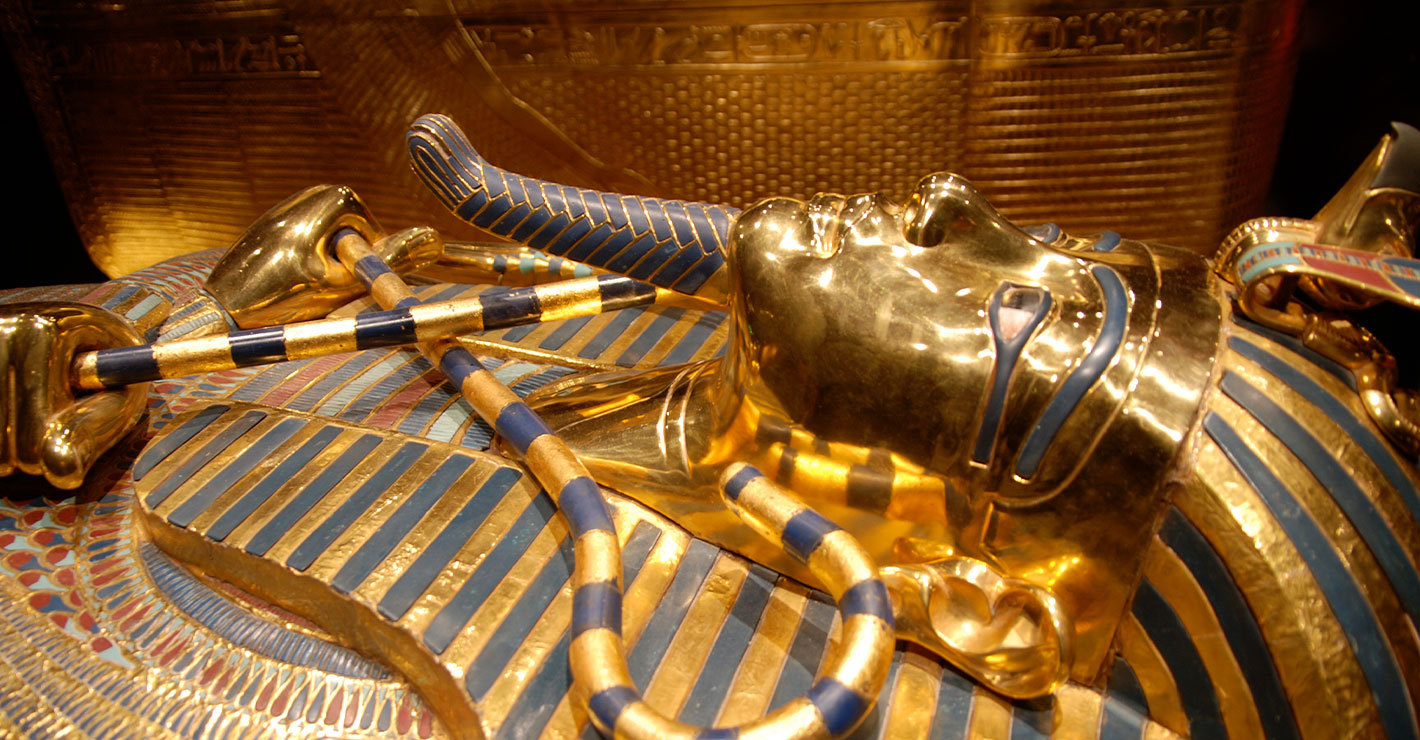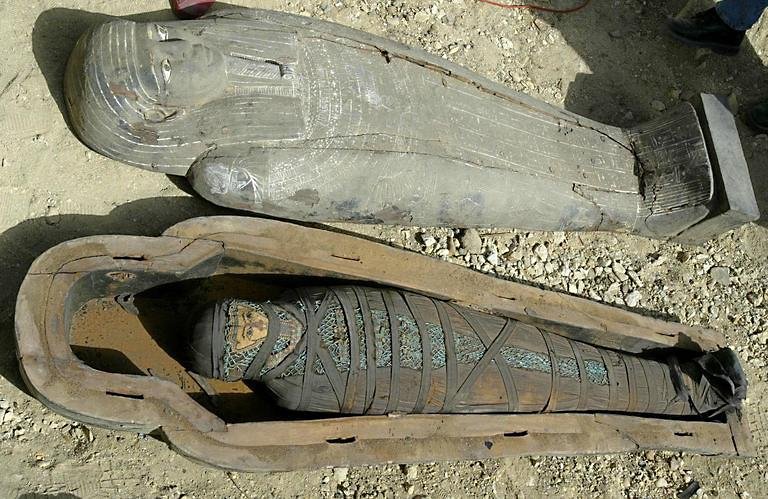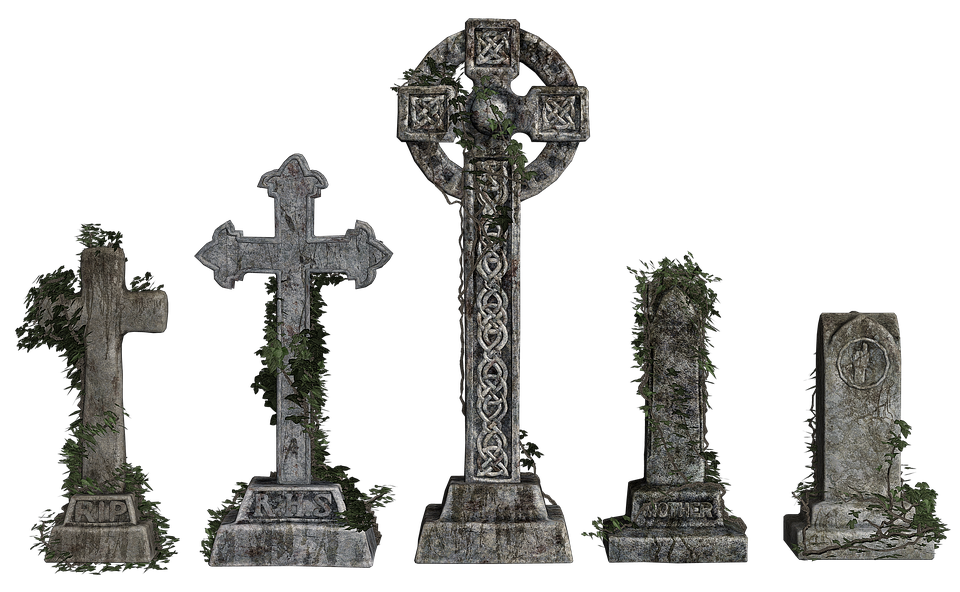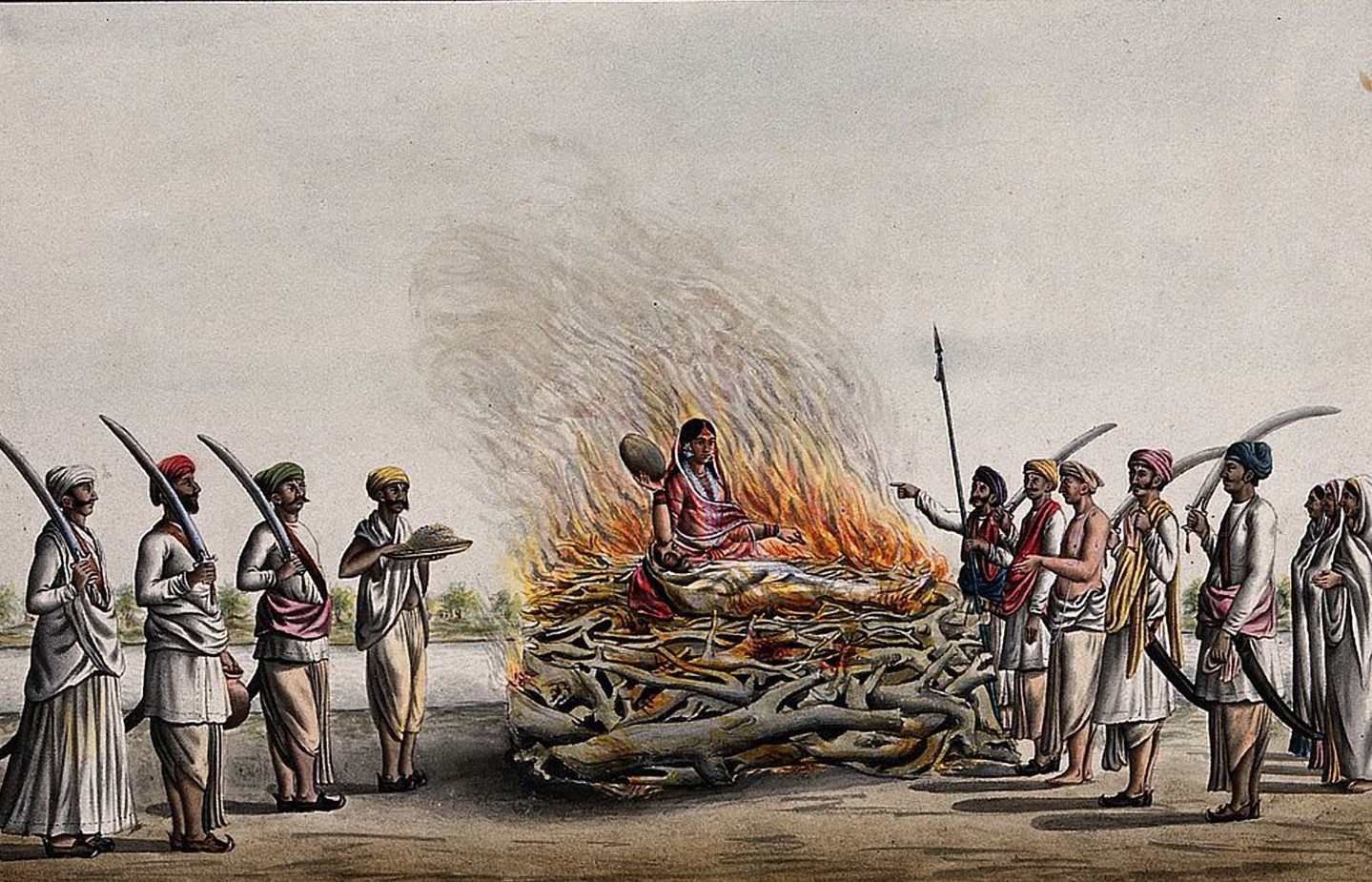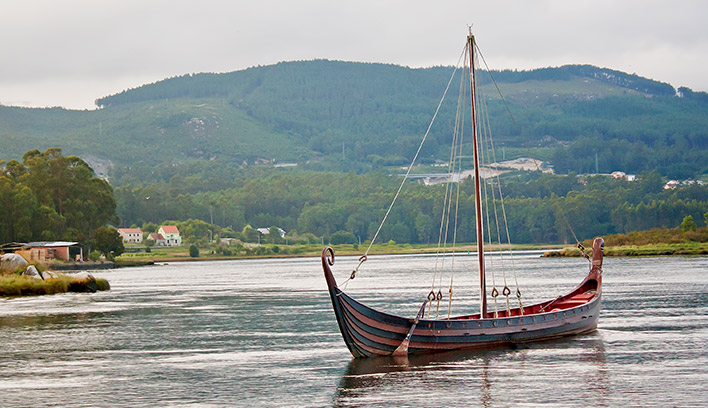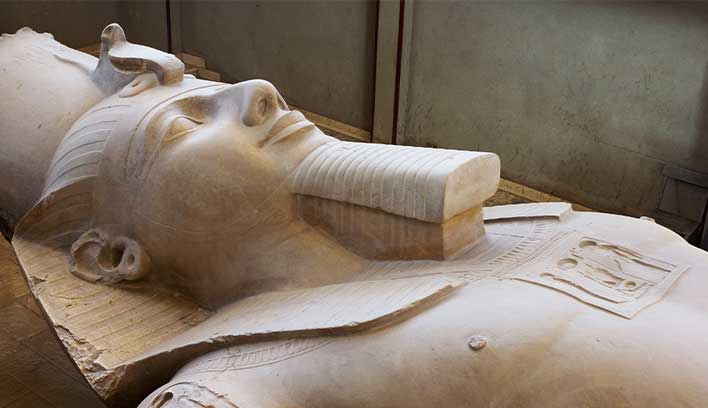Funeral rituals are an intrinsic part of human culture, spanning across time and geography. From the ancient civilizations of Egypt and Rome to the diverse customs of indigenous tribes and contemporary societies, funeral rituals reflect the beliefs, values, and traditions of different cultures.
While the funeral process varies throughout cultures, many are similar in that these ceremonies provide a way to honor and mourn the deceased, offer solace to the bereaved, and provide a framework for navigating the profound experience of death. Learning about these different variations of ceremonies may also give you ideas if you’re trying to plan a funeral.
Read more to explore the history of funeral rites throughout different cultures of the world.
The Origins of Prehistoric Burials
The first burials may have taken place as long as 50,000 years ago, but the oldest known intentional burial site is Qafzeh in Israel, which dates back almost 10,000 years. There’s evidence that early humans buried their dead in caves. The remains were placed in coffins with various burial items, such as garments, trinkets, and food.
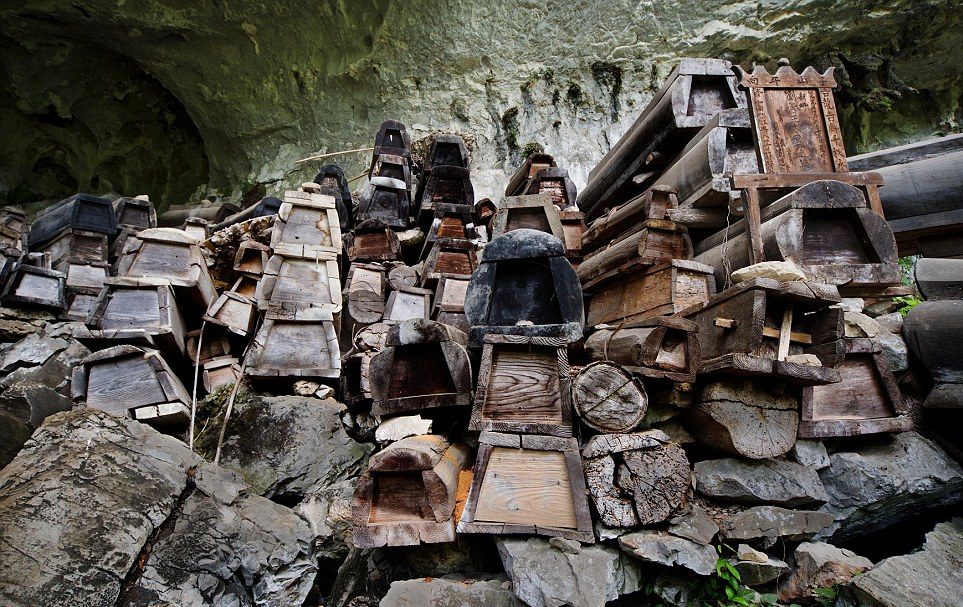
While specific burial practices varied across different regions and periods, there are several common themes associated with prehistoric burials, such as:
- Practicality: Early humans recognized that burying the dead would help with cleanliness and avoid scavenging animals.
- Rituals and beliefs: Prehistoric burials were often accompanied by rituals and ceremonies, reflecting the spiritual and religious beliefs of ancient societies. Burials provided comfort and support for the deceased in their journey to the afterlife.
- Social status: Burials also played a role in reinforcing social structures and hierarchies within early societies. For example, the wealthy powerful would be buried in more elaborate graves and were accompanied by jewels and other high-status items.
- Ancestor worship: Ancestor worship was a common practice in many prehistoric cultures. Burial sites often became sacred places where living relatives could honor and communicate with their ancestors.
Mesopotamian And Egyptian Funerals
While there were similarities between these two civilizations, such as religious and spiritual beliefs, there were also notable differences in their funeral customs. Read on to explore the funeral rituals of the Mesopotamians and Egyptians.
Mesopotamian funeral rites
The people of Sumeria and Babylonia believed that the souls of the departed went to the underworld, which was known as the “Land of No Return” beneath the Earth’s surface. It was believed that burying the dead underground would help them reach the afterlife easier.
They were buried close to where they had lived so their survivors could bring offerings, such as food and beverages. This was thought to appease the gods and ensure the deceased a good afterlife.
Many were also buried with belongings and prized objects they might need in the afterlife, and these items were more extravagant for those of higher social status, such as royalty. These belongings included things like:
- Gold
- Precious stones
- Jewelry
- Stone figurines
Sometimes, servants of the dead were sacrificed and buried in the tombs.
Egyptian funeral rites
Egyptian burial practices were similar to the Mesopotamians’, but there were a couple of notable differences:
- Mummification: Egypt was hot and arid, necessitating mummification of the dead to prevent them from rotting and drawing disease to the living. This preservation was necessary for the soul, known as “ka,” to exist in the afterlife properly.
- Pyramids: The Egyptians used pyramids as tombs where they buried their pharaohs in a sarcophagus, often adorned with intricate carvings and hieroglyphs, and buried in a tomb. These were typically used only by royalty, and many would decorate the outside of the tomb with funeral flowers.
Burial sites for most people were on the western side of the Nile, with large funeral processions featuring mourners dressed to represent deities associated with death, such as Isis.
Greco-Roman Funerals
Greco-Roman funerals, encompassing the practices of ancient Greece and Rome, shared many elements and influences within their funeral rituals due to their interconnected histories. Read more about their traditions below.
Ancient Greece burial traditions
Greeks believed that the spirit left the body as a breath of air, so the important thing was to get the body to the underworld as quickly as possible, so the spirit could get there safely.
Before dawn, a day or two after the death, a funeral procession called the Ekphora would take place. The bodies were adorned with wreaths and garlands before and then carried to either their final resting place for burial or a funeral pyre for release to the Olympian gods. Grave sites were marked by tombs, columns known as steles, or statues, which were brightly painted.
Greeks placed a high value on immortality and believed that the preservation of their memory served this purpose. Great works of Greek art have resulted from the desire to preserve the memory of the dead.
Roman funerals
The Romans carried the traditions of the Greeks on but with more ceremony and flash. The social mobility of Roman life allowed many people, even formerly enslaved people, to become wealthy, and they celebrated their abundance and freedom with lavish funerary art depicting crowded funeral parades.
During the burial process, the bodies were placed in well-decorated marble sarcophaguses. Along with burials, Romans practiced cremation and the ashes were placed in urns. It was believed that without a burial or cremation ceremony, the dead could not pass the Styx River, which is the passage into the underworld.
A Roman funeral is completed with a ritual feast, which allows the dead to pass on to the underworld and also provides closure for the family.
Celtic Funeral Rites
The Celtic world spanned the British Isles as well as most of what is now France and even some parts of Germany. The earliest Celtic culture is referred to as the Urnfield culture (1300 to 750 BC), a period within the Bronze and Iron Ages because they were cremated and then buried in urns.
As the Bronze Age progressed, the Hallstatt and La Tene culture developed, which began the roots of the burial practices of the Celts. These were settlements that were part of the Celtics. Here are some of the ways these cultures practice burials:
- Hallstatt: This culture laid their dead out in carts with earthly valuables and even food, then had a large feast in honor of the dead. A place for the deceased was laid out, and songs and poems, called elegies, were sung in their honor.
- La Tène: This culture was more military-centric, so they would bury their dead with weapons such as shields, swords, and spearheads.
A feast would celebrate the dead, and afterward, the bodies would be burned, placed in urns, and buried. Friends and family would memorialize the dead by placing a stone at the site. Most of these practices continued in Celtic culture even through the Roman occupation, although eventually, only warriors were buried in carts.
Hindu Funeral Rituals
In Hindu culture, funerals would have to take place immediately after death, by either dawn or dusk. These rituals are known as Antyeshti and involve a gathering of friends and family.
Cremations were the most traditional funeral process. During preparation, the bodies would be anointed with oils, incense, and water from the sacred Ganges River as well as chanting mantras over the body. The body was bathed, wrapped in a cloth, and presented with offerings to be cremated. Bodies were burned on a pyre at a sacred site (ideally the bank of the Ganges) with everything they might need to meet the gods.
The ashes were collected and thrown into the Ganges on the third day after cremation to symbolize the soul’s departure from the body, and the family would enter a mourning period of about 12 days, during which they were considered impure. After the mourning period was a feast commemorating the dead.
East And Southeast Asian Funerals
Many ancient spiritual beliefs in Eastern Asia centered upon ancestors. To many cultures in East and Southeast Asia, the spirits of the deceased still held influence over the living. Here are some of the different Asian funeral traditions:
Buddhist funeral rituals
For most of Eastern Asia, the primary religious beliefs were based on the teachings of the Buddha, which stated that suffering was a natural state brought upon by our desires and that meditation and self-knowledge helped alleviate suffering.
As a result, many cultures in Southeast Asia helped guide those who were dying into a peaceful death by whispering Buddhist Scripture in their ear. After death, the body would be bathed and placed in a coffin with flowers and burial items, waiting for cremation. Some Buddhist traditions would hold their funerals a few days after the cremations occur in order to let the first stage of rebirth take place.
Chinese funeral rituals
China had a lot of elaborate rituals not only for a funeral but for after, as it was believed in Confucianism that children owed a duty to their parents and that the dead could still influence the living.
In fact, feng shui was developed in part to help identify the best places for burials. Although the Chinese would send burial offerings ahead of the spirit of the deceased by burning, they buried the body after performing funeral rituals.
Representations of earthly belongings might be buried with them, as in the case of the famous terra-cotta soldiers buried with Qin Shi Huangdi, the first emperor of China.
Japanese funerals
In Japanese culture, the traditional funeral process is known as Osōshiki, which consists of several ceremonies and begins with the wake. The bodies are dressed in either a nice suit or dress or a traditional Kimono and placed into a casket with coins that help them cross the Sanzu-no-Kawa, or the river passage into the afterlife.
The funeral is usually held on the day after the wake. Cremations are the most common form of disposition, but rather than pyres, the bodies are placed within a crematorium. The ashes then get placed in barrels or clay pots in preparation to be buried.
Gravestones in Japanese culture are elaborate and expensive structures that traditionally include the name of the spouse, which is painted in red.
Funerals in the Americas
North and South, and Central America developed their own funeral practices, some of which are still in use today. The Native American nations in North America generally believed that the soul would leave the body with help from rituals. Read on to learn more about these traditions.
Native North American death rituals
In Native North American culture, funeral rituals can typically include funeral prayers, songs, dances, and storytelling that honor the life of the deceased, commemorate their achievements, and express grief.
A variety of regional practices emerged based on traditions, tribe, and locale:
- Sioux: The Sioux waits a year to bury their dead, storing the bodies in their finest clothes inside hollow trees
- Chippewa: Unlike the Sioux, the Chippewa tribe buries their dead immediately
- Iroquois: This tribe has “mourning wars” for warriors lost in battle, where they would raid the enemy and take one of their number captive to replace the life lost
Funeral rituals of South and Central America
Ancient funeral rituals in South and Central America varied across different cultures and time periods, each with its unique practices and beliefs. Here are some examples of ancient funeral rituals from different civilizations throughout the region:
- Aztecs: Aztecs had similar beliefs to the Egyptians and would bury their dead in tombs placed vertically instead of horizontally. The dead would be buried with personal items, pottery, and jewelry, as well as sacrificed livestock and enslaved people.
- Mayans: Mayans would bury their dead with maize placed in their mouth, an important staple in the culture that symbolizes rebirth since they believed in reincarnation. A green stone was placed in the mouth because it represented the heart, where the soul was thought to reside. They also believed that the dead could interact with the living.
- Incas: The Incas mummified their bodies and brought them out for special occasions, especially if they were important people. Due to the high altitude, they accomplished mummification by desiccation or drying them out in the cold. Travelers, such as llama herders and merchants, would strip the flesh from the corpses of their dead to make them easier to carry.
The funeral rites depended on the manner of death, which also determined which afterlife the deceased would go to, as these cultures had many reserved for different kinds of people.
Honor the Departed With A Funeral Ritual
From the majestic pyramids of Egypt to the sacred burial grounds of Native American tribes, funeral rituals have been vehicles for cultural expression, spiritual transcendence, and the preservation of memory.
If you’ve lost a loved one and are looking into planning a funeral, Choice Mutual can help. Use our funeral cost calculator to take some stress out of planning.

